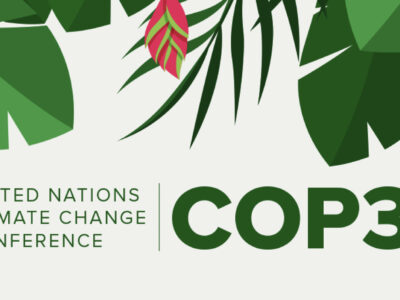According to Tony Barnston of the IRI, the La Niña conditions which began in December are likely to continue until mid-March. Click on the graph below for a better look at the probabilistic forecast.
As mentioned in an earlier post, La Niña events are characterized by unusually cold sea surface temperatures (SST) in the central and eastern equatorial Pacific. In this case, cooler-than-normal SSTs were preceded by low-level easterly and upper-level westerly winds (usually associated with a drop in tropical SSTs) as early as August. Weak SST anomalies finally developed four months later.
This rather unusual sequence of events – and the relatively mild SST anomalies we’ve seen since December – has raised questions regarding how long the current La Niña conditions will last. And in many ways, the answer is anybody’s guess. Comparisons to years with similar conditions reveal a wide range of past outcomes, and the dynamics of the southern oscillation are too complex to allow for much certainty past the northern hemisphere predictability barrier – making it especially hard to know what will happen as time goes on.
This complexity hasn’t stopped Barnston from making a forecast, however. At IRI’s monthly climate briefing, held last week at the Lamont campus, Barnston predicted that the current La Niña conditions would peter out by the end of next month.
His logic is relatively simple: The trade winds – which blow from east to west, dragging near-surface warm water across the ocean and contributing to cold upwelling in the eastern equatorial Pacific – weaken as the Inter-Tropical Convergence Zone moves closer to the equator in the spring and fall. A weakening of the trades means that a greater quantity of warm water remains in the east as the spring wears on. At the same time, seasonal warming contributes to rising SSTs.
The result, in Barnston’s view, makes it unlikely that La Niña conditions will persist past the end of March (see graph). If you’re interested in this prediction, you can read more about it at IRI’s Technical ENSO Update. Or better yet – check the Lamont calendar for next month’s climate briefing and stop by for a chance to chat with the experts.





So to what extent does La Nina mask the effects of global warming?